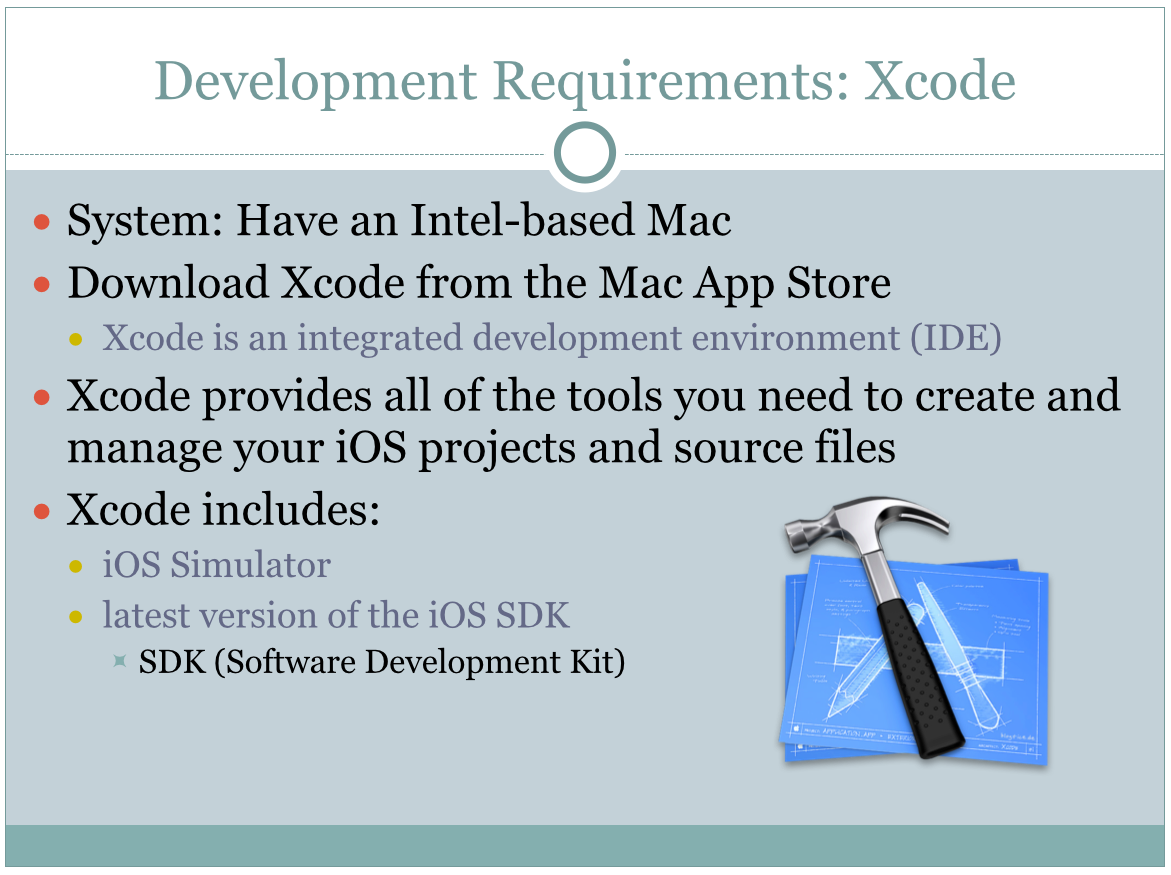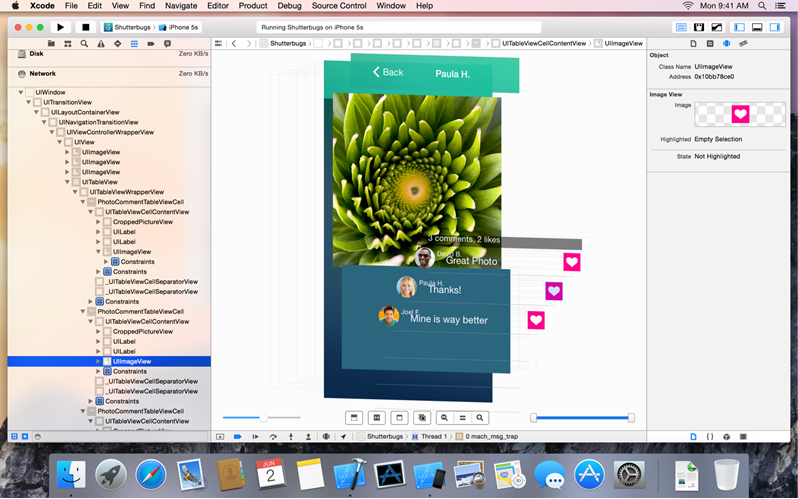

To put it differently, a mobile app developer needs to have Xcode installed on his/her system, before even thinking about using AppCode.


#Xcode ide android code
What’s more, AppCode prompts developers whenever they write out code blocks that are never going to be hit. Variables and code blocks that are not in use get automatically grayed out/disabled in the IntelliJ IDEA platform IDE, while creating ternary expressions with ‘ if-then ’ blocks is a convenient option. Coding for apps – Writing the codes for iPhone apps is fairly easy with either IDE, although the superior code completion features of AppCode ( much like other JetBrains tools ) would put it at a slight edge.We will, in what follows, perform a Xcode vs AppCode comparative study, and try to find out which one is more developer-friendly: While Xcode is, of course, a must-have tool for iOS app development, many developers feel that AppCode has the tools to emerge as a more-than-worthy competitor. However, that was not the only big news in November related to integrated development environments ( IDEs ) for the iOS platform – with the latest iteration of the Java-based AppCode ( version 3.3.1 ) also coming out a week earlier. A couple of weeks back, Apple released the fourth beta of Xcode 7.2.


 0 kommentar(er)
0 kommentar(er)
